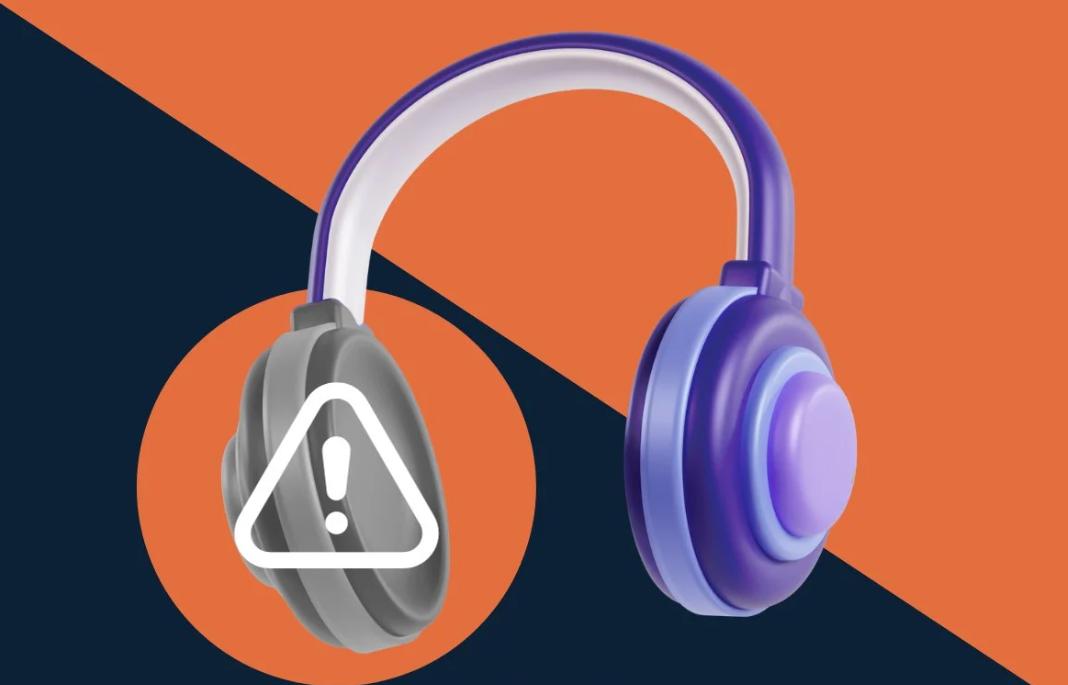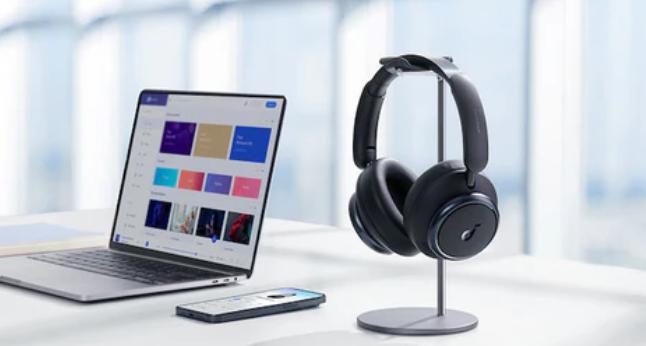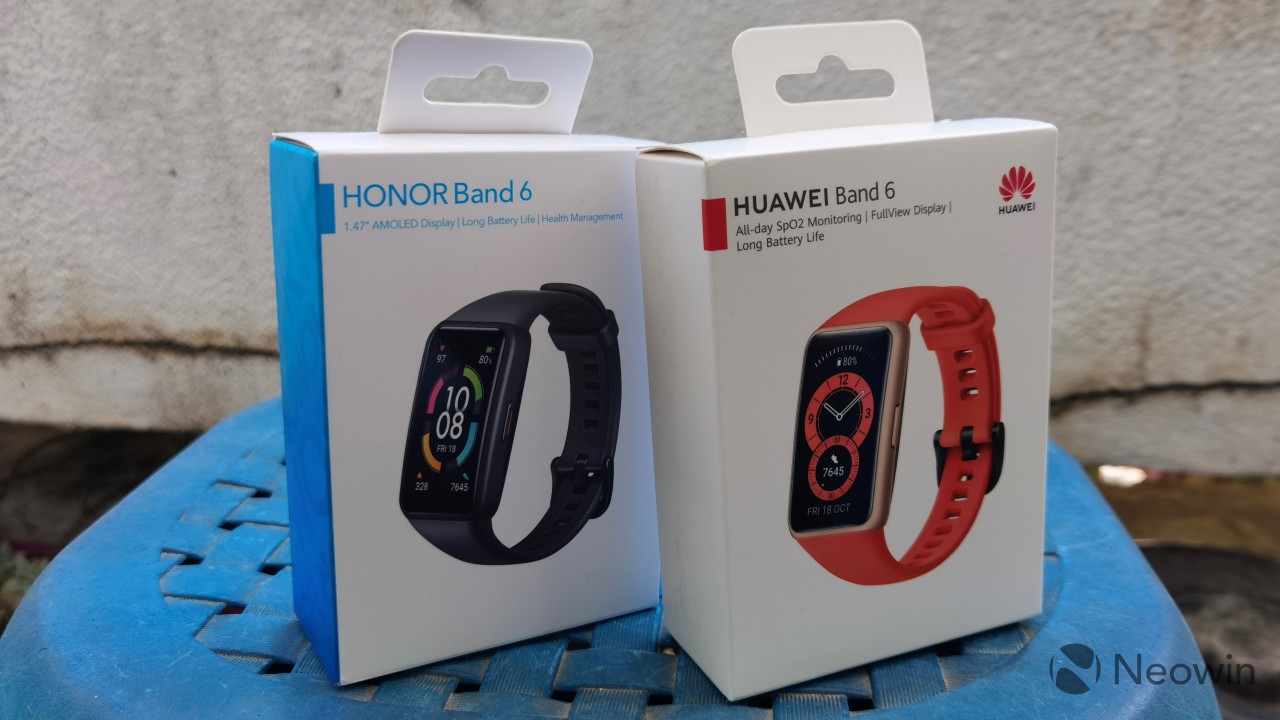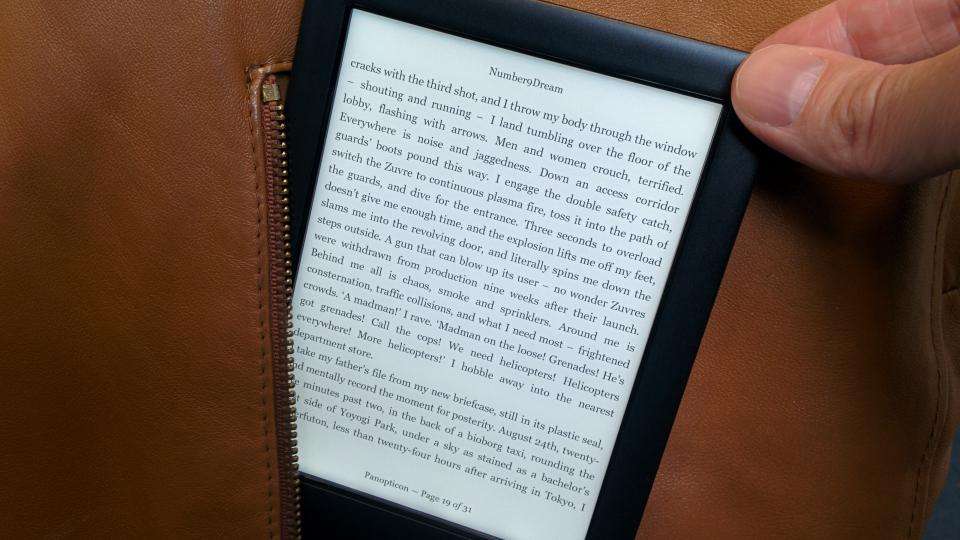Headphones are an essential part of our daily lives, used for everything from enjoying music to taking calls. When they stop working, it can be incredibly frustrating, leaving many wondering, "why did my headphones stop working?" Understanding the common causes of headphone malfunctions and how to address them can save you time and money. This guide will help you identify the issues and provide effective solutions to get your headphones back in working order. We’ll explore physical damages, source or setting issues, and internal component failures, ensuring you have a comprehensive understanding of these problems.

Common Causes of Headphone Malfunctions
Physical Damage to Cables and Connectors
One of the most common reasons for headphone failure is physical damage to the cables or connectors. This can happen due to repeated bending, pulling, or accidental yanking. Over time, the internal wires may fray or break entirely, leading to intermittent sound or complete silence. Loose or damaged connectors can also disrupt audio transmission.
Issues with the Audio Source or Settings
Sometimes, the issue isn’t with your headphones but with the connected device. Incorrect audio settings, software glitches, or even a muted volume can create the illusion of malfunctioning headphones. Check the source device’s volume control, audio output settings, and software updates. Also, ensure drivers are updated and test with another device to rule out compatibility issues.
Internal Component Failures
Headphones consist of delicate internal components that can deteriorate or malfunction over time. The drivers, responsible for converting electrical signals into sound, may degrade with prolonged use, leading to reduced audio quality or static. Internal wiring can loosen or disconnect, while circuits may short out due to moisture, dust buildup, or accidental impact, affecting performance.
Step-by-Step Guide to Diagnosing Headphone Issues
Checking for Physical Damage
Begin by visually inspecting the headphone cables and connectors for any signs of wear and tear. Look for frayed wires, bent connectors, or noticeable breaks in the insulation. Flex the cables gently to check for intermittent sound loss, which may indicate an internal break. If you notice any damage, consider replacing the cable or using electrical tape for temporary fixes.
Testing on Different Devices
To rule out issues with the audio source, test your headphones on multiple devices such as smartphones, tablets, laptops, or desktop computers. Try using different apps, audio files, or streaming services to see if the static persists. If your headphones produce clear sound on one device but not another, the issue likely stems from the original audio source, its settings, or its hardware, rather than the headphones themselves.
Examining Software & Audio Settings
Check the audio settings on your source device to ensure the volume is turned up and the correct output device is selected. If you're using Bluetooth headphones, confirm they are properly paired and connected. Additionally, updating audio drivers or firmware can resolve software-related issues that may be causing static or poor sound quality. Restarting your device and trying a different audio source can also help diagnose the problem.
How to Fix Headphones That Stopped Working
Repairing Physical Damage
If you have identified a specific point of damage on the cable, you can attempt to repair it. Cut out the damaged section, strip the wires, and solder them back together. Use heat shrink tubing or electrical tape to insulate the repair. For connectors, replacing a damaged jack plug can restore full functionality.
Solving Connectivity Issues
For wired headphones, ensure the jack is clean. Dust or lint can interfere with the connection. Use a toothpick or compressed air to clean the port. For wireless headphones, unpair and then re-pair the device. Reset your Bluetooth settings and make sure the headphones are within the allowable range of the source device.
Updating Software and Drivers
Outdated software and drivers can lead to compatibility issues, causing static noise in your headphones. To resolve this, ensure your device's operating system, sound card drivers, and audio software are up to date. For Bluetooth headphones, visit the manufacturer’s website, check for the latest firmware updates, and follow their step-by-step installation instructions to enhance performance and minimize interference.

Preventive Measures to Extend Headphone Lifespan
Proper Storage and Handling
Store your headphones in a protective case when not in use to prevent physical damage, dust buildup, and tangled wires. Avoid wrapping the cables tightly around your device, as this can strain and weaken the internal wiring over time. Always unplug them by gripping the connector firmly instead of pulling on the cable to prevent fraying or breakage.
Regular Maintenance and Cleaning
Clean your headphones regularly to prevent dirt, grime, and debris buildup that can affect sound quality. Use a soft, dry cloth to wipe the exterior and a small brush or compressed air to clean the connectors, ear pads, and mesh areas. For moisture-resistant headphones, always wipe them down and dry them thoroughly after exposure to sweat or rain to prevent damage.
Conclusion
Headphone malfunctions can be vexing, but understanding the common causes and knowing how to address them can save you from frustration. If you've ever wondered, "why did my headphones stop working," the issue could stem from physical damage, connectivity problems, or software glitches. Most of these problems can be diagnosed and resolved with a little troubleshooting and care. Implementing preventive measures will help extend their lifespan and ensure you continue to enjoy high-quality audio.
FAQ
Why is only one side of my headphones working?
This issue is often caused by a break in the wire leading to that side. Test the headphones on a different device to ensure it’s not a source issue. If the problem persists, the wiring on the malfunctioning side likely needs repair.
Can software updates affect headphone functionality?
Yes, software updates can impact functionality. They may introduce bugs or reset settings. Always check audio settings and compatibility post-update. If problems occur, consider rolling back to a previous software version or updating to the latest driver or firmware.
How often should I clean my headphone jack?
Clean your headphone jack at least once a month if you use it regularly. Accumulated dust and debris can affect sound quality and connectivity. Use a toothpick, brush, or compressed air for this task.







